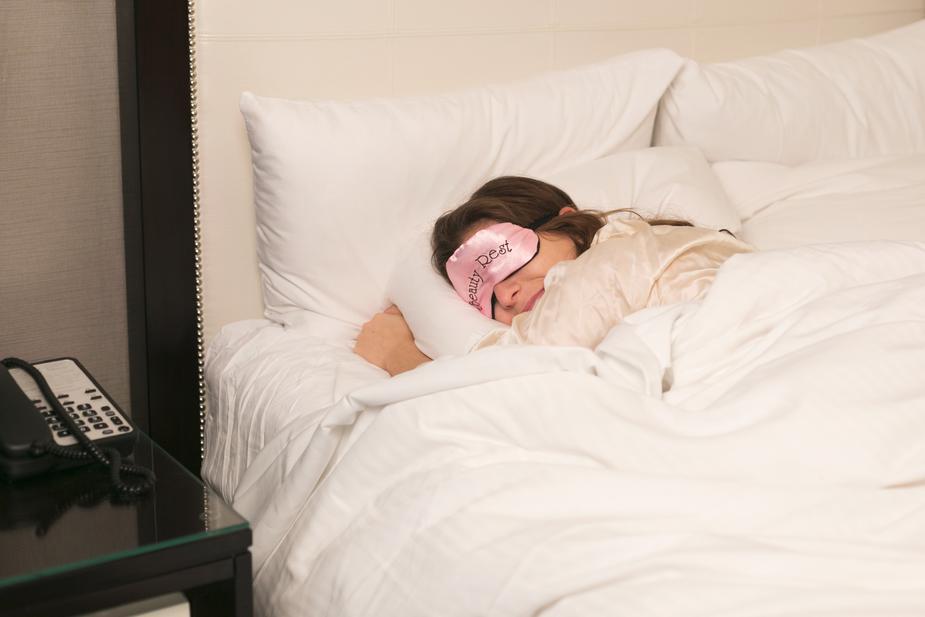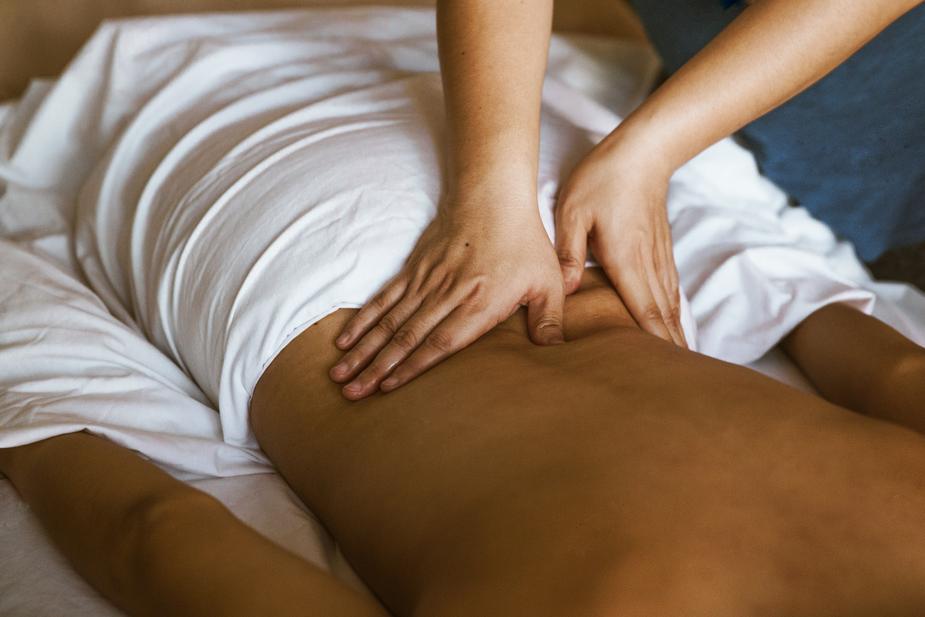Here’s what you need to know about muscles. They’re very good at flexing and unflexing. The contracting and releasing that they do when a person is moving is what they do best. What they don’t do nearly as well is flexing for long periods of time without unflexing. For a muscle that’s being used actively, a long period of time could be as little as a minute. Think about how excruciating a one minute rep would be if you were weightlifting. To demonstrate this principle, let me share a personal experience. Many of you have endured the uniquely American P.E. ritual known as Presidential Fitness Testing or the President’s Challenge. It’s had many iterations since its implementation in 1957, but generally, it’s included sit-ups, sit-and-reach, sprinting, a run/walk event, and pullups or the flexed-arm hang. In my day, the boys did the pull-ups and only the girls did “the flexed-arm hang.” The arm hang required the student to keep their chin above the pull-up bar for as long as possible.
Needless to say, my plan was to stay up there until the other kid to dropped before me or watch my arms come unhinged from my torso. I did, in fact, manage to stay above the bar longer than he did but only by a couple of seconds--just long enough to make it clear that I wasn’t a weakling. Unfortunately, I found that a side effect of doing the flexed-arm hang for that long is that it is ridiculously difficult and painful to straighten one’s arms afterwards. That’s an extreme example of how muscle gets “stuck” in a contracted position when its flexed for long enough. For this same reason, we typically do exercises in sets of 10 or 15 reps. Allowing the muscle to come completely out of contraction between each set reduces the likelihood that muscle fibers will get stuck in their flexed mode. Here’s the most important part. Very few people realize that the same thing is happening to them--in a less extreme way--when they are in an asymmetrical resting position for an extended period of time. And an extended period of time for a muscle at rest could be as little as 5 minutes!
You’ve noticed this, too, if you think about it. Have you ever gotten up from a sitting position or a rough night’s sleep and felt stiffness or pain? The stiff muscles will be the ones that were in a shortened (flexed) position for too long--even though you were “resting.” Frequently, what we experience as resting is simply using our bigger, stronger muscles. We are resting our smaller, weaker muscles and that feels good when we are tired. It’s no wonder we tend to sit and lie down in asymmetrical positions! Unfortunately, all this resting in asymmetrical positions makes the stronger muscles stronger and the weaker muscles weaker. That creates a structural imbalance that makes you more vulnerable to muscle pain and injury. These asymmetries can also perpetuate that pain once it’s been triggered.
0 Comments
Your comment will be posted after it is approved.
Leave a Reply. |
Archives
June 2021
Categories |
Location |





 RSS Feed
RSS Feed